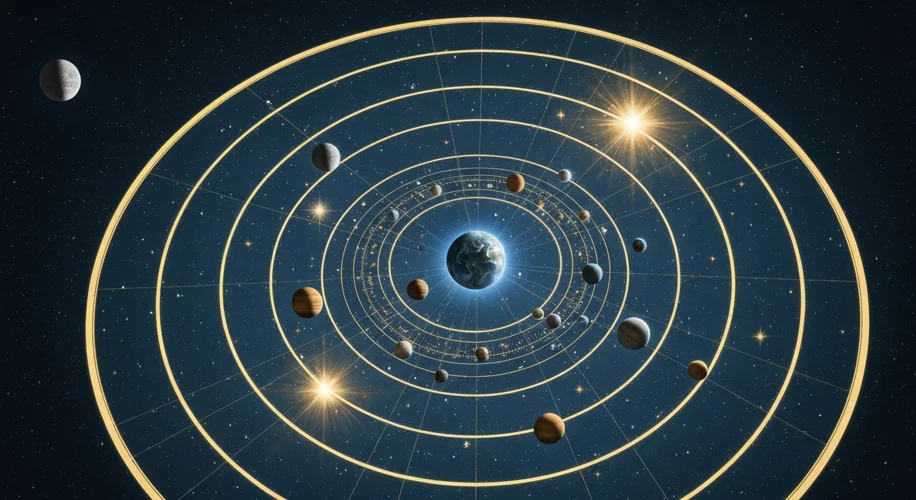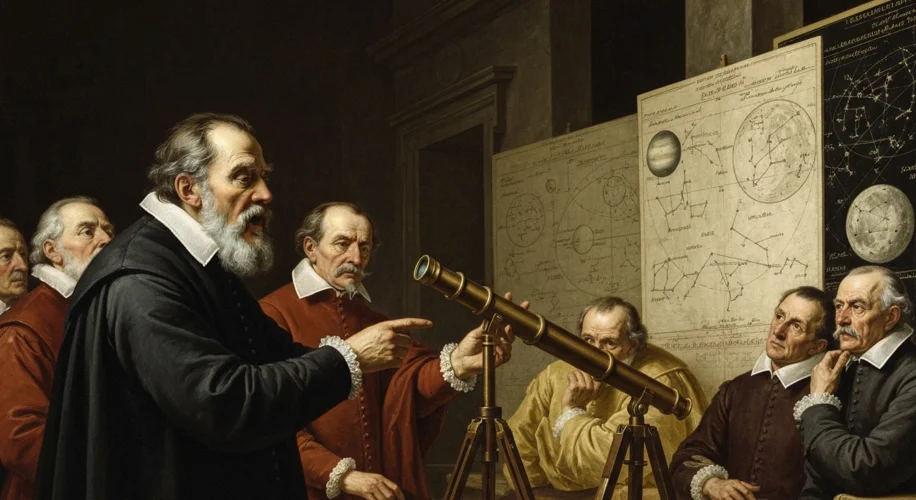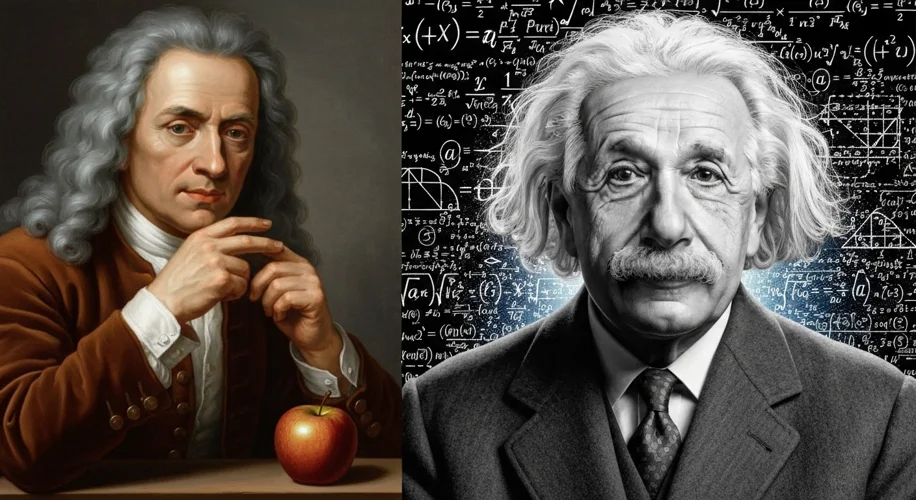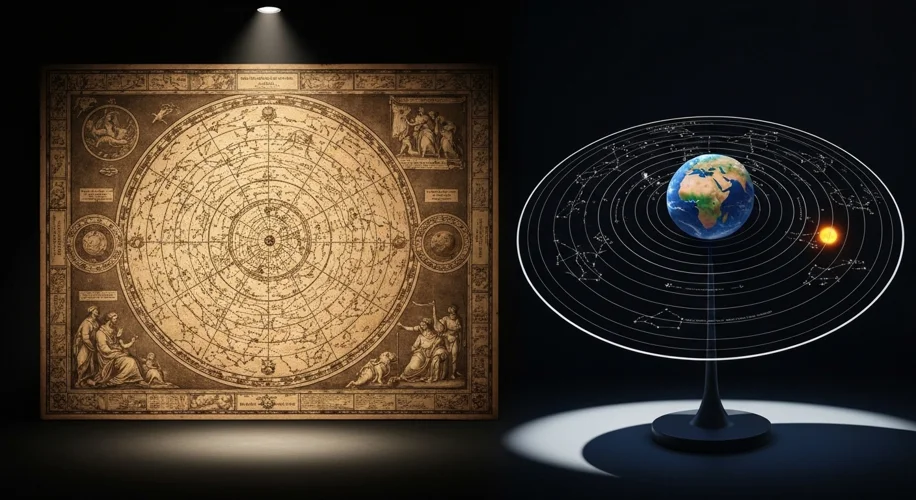The history of science is not a linear march toward absolute truth, but rather a winding, often messy, journey of revision and revolution. What was once dogma can become a forgotten footnote, overturned by a cascade of new evidence and fresh perspectives. This constant self-correction, this “relativity of wrong,” is not a weakness of science, but its greatest strength.
For centuries, the Earth was the undisputed center of the cosmos. From the ancient Greeks like Aristotle and Ptolemy to the scholars of the Middle Ages, the geocentric model, with the Earth stationary at the heart of the universe, was the prevailing scientific and philosophical paradigm. The heavens, a series of crystalline spheres carrying the sun, moon, planets, and stars, revolved around our planet. This view, deeply entrenched and supported by everyday observation – the sun rises and sets, the stars move across the sky – was not merely a scientific theory; it was woven into the fabric of society, theology, and philosophy.

Then came Nicolaus Copernicus. In the 16th century, this Polish astronomer, deeply dissatisfied with the complex mathematical contortions required by the geocentric model to explain planetary motion, proposed a radical alternative: the heliocentric model. He suggested that the Earth, along with the other planets, orbited the Sun. His groundbreaking work, De Revolutionibus Orbium Coelestium (On the Revolutions of the Heavenly Spheres), published just before his death in 1543, was initially met with a mixture of curiosity and skepticism. It challenged millennia of accepted wisdom and, more importantly, the established worldview that placed humanity at the pinnacle of creation.
While Copernicus laid the groundwork, it was the work of Johannes Kepler and Galileo Galilei in the following century that truly rocked the foundations of the old order. Kepler, using Tycho Brahe’s meticulous observational data, developed his laws of planetary motion, demonstrating that planets moved in elliptical, not perfect circular, orbits around the sun. This was a significant departure from the idealized, perfect geometry that had underpinned celestial mechanics for so long.
Galileo, armed with his improved telescope, provided the observational evidence that humanity craved. He observed the phases of Venus, similar to the moon’s phases, which could only be explained if Venus orbited the Sun. He discovered moons orbiting Jupiter, proving that not everything revolved around Earth. His findings, published in Sidereus Nuncius (Starry Messenger) in 1610, were revolutionary. Yet, they also brought him into direct conflict with the powerful Catholic Church. The geocentric model was not just a scientific idea; it was deeply intertwined with religious doctrine, and Galileo’s heliocentric views were deemed heretical.
Galileo’s subsequent trial and condemnation by the Inquisition in 1633 serve as a stark reminder of the human element in the scientific process. Forced to recant his views, he was placed under house arrest for the remainder of his life. The famous, though likely apocryphal, quote attributed to him, “Eppur si muove” (“And yet it moves”), encapsulates the quiet persistence of scientific truth even in the face of overwhelming opposition.

Fast forward to the 20th century, and even the seemingly unassailable Newtonian physics, which had reigned supreme for over two centuries, began to show its limitations. Isaac Newton’s laws of motion and universal gravitation provided an incredibly accurate framework for understanding the universe at macroscopic scales. They explained the apple falling from the tree and the moon orbiting the Earth with elegant precision. For centuries, this was considered the ultimate description of reality.
However, at the turn of the 20th century, physicists like Max Planck, Albert Einstein, and Niels Bohr began to probe the very small and the very fast. Planck’s work on quantum theory revealed that energy was not continuous but came in discrete packets, or quanta. Einstein’s theories of special and general relativity revolutionized our understanding of space, time, gravity, and the universe itself. He demonstrated that space and time were not absolute but relative, intertwined in a fabric called spacetime, and that gravity was not a force but a curvature of this fabric caused by mass and energy.

These new theories explained phenomena that Newtonian physics could not, such as the orbit of Mercury and the bending of light by gravity. They revealed a universe far stranger and more counter-intuitive than anyone had imagined. Yet, Newton’s laws did not become “wrong”; they became a highly accurate approximation valid within a specific range of conditions – much like the geocentric model remained a useful, albeit imperfect, tool for prediction before Copernicus.
This ongoing process of discovery and revision is the hallmark of scientific progress. It means that today’s scientific “truths” are provisional, subject to refinement or even outright replacement by future discoveries. This is not a cause for cynicism, but for humility and continued curiosity. It is a testament to humanity’s enduring quest to understand the universe, a journey where the “relativity of wrong” is the compass that guides us toward ever deeper insights. What we hold as true today is merely a stepping stone on the path to a more complete understanding tomorrow.
Categories:
– History of Science
– Philosophy of Science
– Intellectual History
Tags:
– Scientific Revolution
– Paradigm Shift
– Relativity of Wrong
– Epistemology

